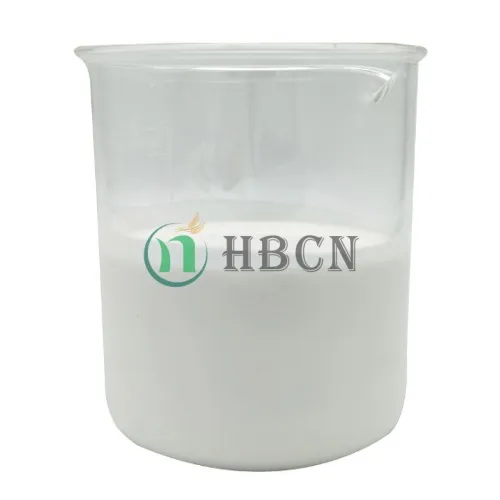
Nov . 10, 2024 09:51 Back to list
Exploring the Applications and Benefits of Malathion Pesticide in Agriculture and Beyond
Uses of Malathion Pesticide
Malathion is an organophosphate insecticide that has been widely used for decades in agriculture and public health. First registered for use in the United States in 1956, it has become a crucial tool for controlling a variety of pests. The properties of malathion make it particularly effective against a broad spectrum of insects, including aphids, mosquitoes, fruit flies, and many others. This article explores the various uses of malathion pesticide, its applications, effectiveness, and safety considerations.
Agricultural Applications
One of the primary uses of malathion is in agriculture, where it serves as a means of protecting crops from harmful insect infestations. Farmers and agricultural enterprises often resort to malathion to safeguard fruits and vegetables, ensuring better yield and quality. Its effectiveness extends to a range of crops, including citrus fruits, rice, and vegetables. By controlling pests like the Mediterranean fruit fly and aphids, malathion helps to minimize crop losses and ensures a steady food supply.
Malathion is typically applied as a spray to foliage and soil, where it acts quickly upon contact or ingestion by insects. Its relatively short residual life ensures that once the targeted pests are controlled, the pesticide breaks down, reducing the risk of harming beneficial insects as well as the environment. Additionally, malathion is used in Integrated Pest Management (IPM) programs, where it is combined with other pest control methods to enhance effectiveness and reduce overall pesticide use.
Public Health Applications
Beyond agricultural use, malathion serves an essential role in public health, particularly in controlling mosquito populations that carry serious diseases such as West Nile virus, Zika virus, and dengue fever. Local health departments and vector control agencies often employ malathion in aerial or ground applications during mosquito outbreak emergencies. The efficacy of malathion against adult mosquitoes makes it an invaluable resource in the fight against these insect-borne diseases.
uses of malathion pesticide

Using malathion in public health also includes treating standing water bodies and fields, which serve as breeding grounds for mosquitoes. By disrupting their life cycle, malathion applications help to reduce the mosquito population and, consequently, the transmission rates of diseases. It is a key component in preventive measures taken during the mosquito-heavy months, particularly in tropical and subtropical regions.
Safety and Environmental Considerations
While malathion is beneficial for crop protection and public health, its use does raise concerns regarding environmental impact and human health. As an organophosphate, malathion can be toxic to non-target species, including beneficial insects, birds, and aquatic life, particularly if misapplied or overused. Therefore, it is critical that users follow labeled guidelines and recommended safety practices when applying malathion.
Regulatory agencies, such as the Environmental Protection Agency (EPA) in the United States, have established safety protocols and limits to ensure that malathion can be used effectively while minimizing potential risks. This includes setting Maximum Residue Limits (MRLs) on food products treated with this pesticide to ensure consumer safety.
Furthermore, it is essential to educate both agricultural practitioners and the general public on the correct usage and application methods of malathion to mitigate its downsides. Strategies such as rotating pesticide types to avoid resistance, employing targeted application techniques, and integrating non-chemical pest control measures can help achieve the desired effectiveness without compromising safety.
Conclusion
In conclusion, malathion pesticide plays a significant role in agriculture and public health. Its versatility in controlling a wide array of pests is invaluable for protecting crops and managing disease vectors. However, it is equally important to approach its use with caution, adhering to safety guidelines and environmental considerations to maximize benefits while minimizing risks. Through responsible use and education, malathion can continue to be an effective tool in pest management strategies.
-
Kasugamycin Fungicide: Efficient Bacterial & Fungal Control
NewsAug.02,2025
-
Emamectin Benzoate: AI-Optimized Pest Control Solution
NewsAug.01,2025
-
Best Abamectin 95% | Top Pesticide for Crop Protection
NewsJul.31,2025
-
Insecticide Spirotetramat 11% + Thiacloprid 11% SC at Good Price
NewsJul.30,2025
-
Best Abamectin SDS - Premium Quality & Reliable Safety Data
NewsJul.29,2025
-
Agrochemicals Pesticides Solutions for Sustainable Farming
NewsJul.29,2025
